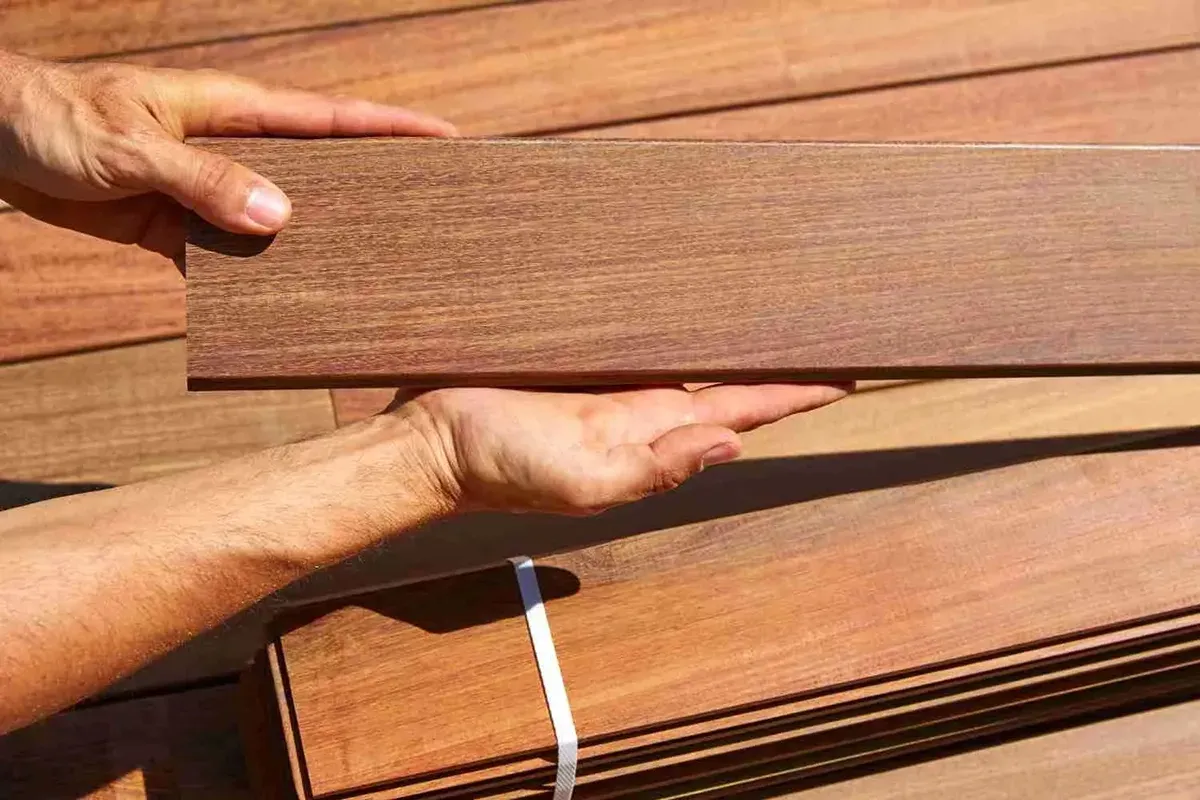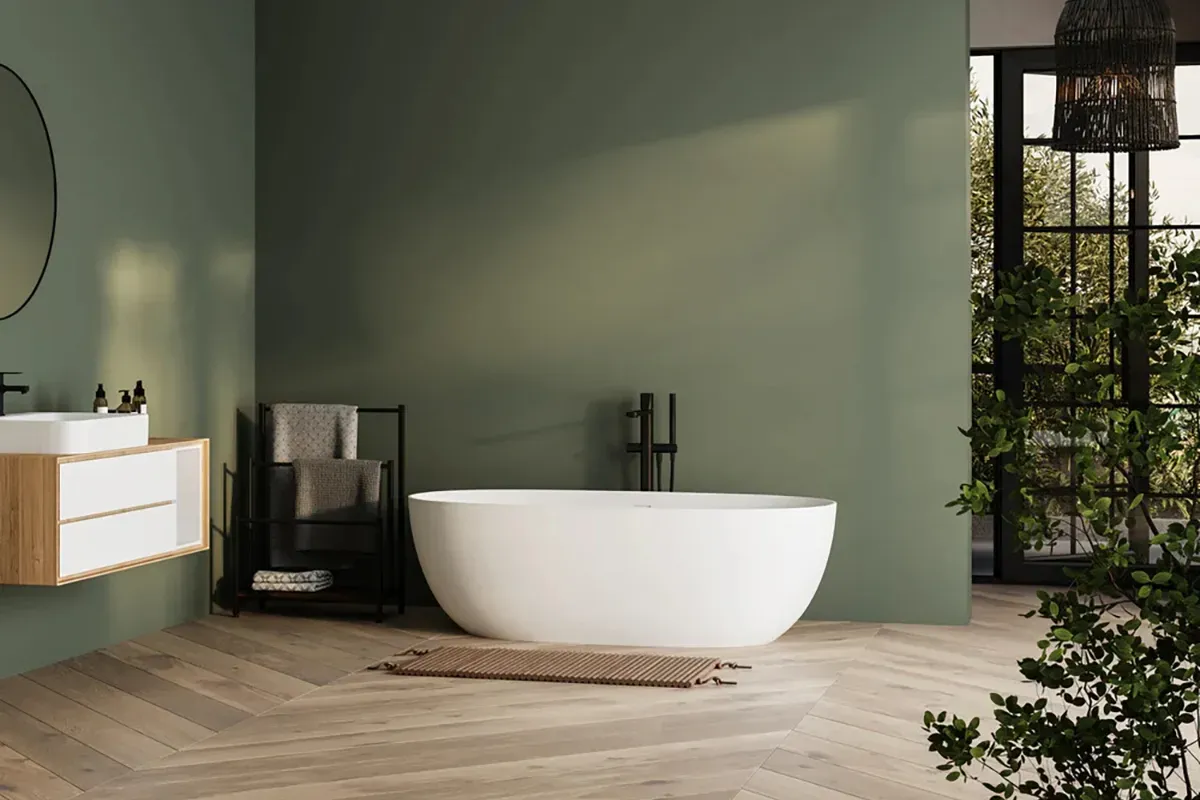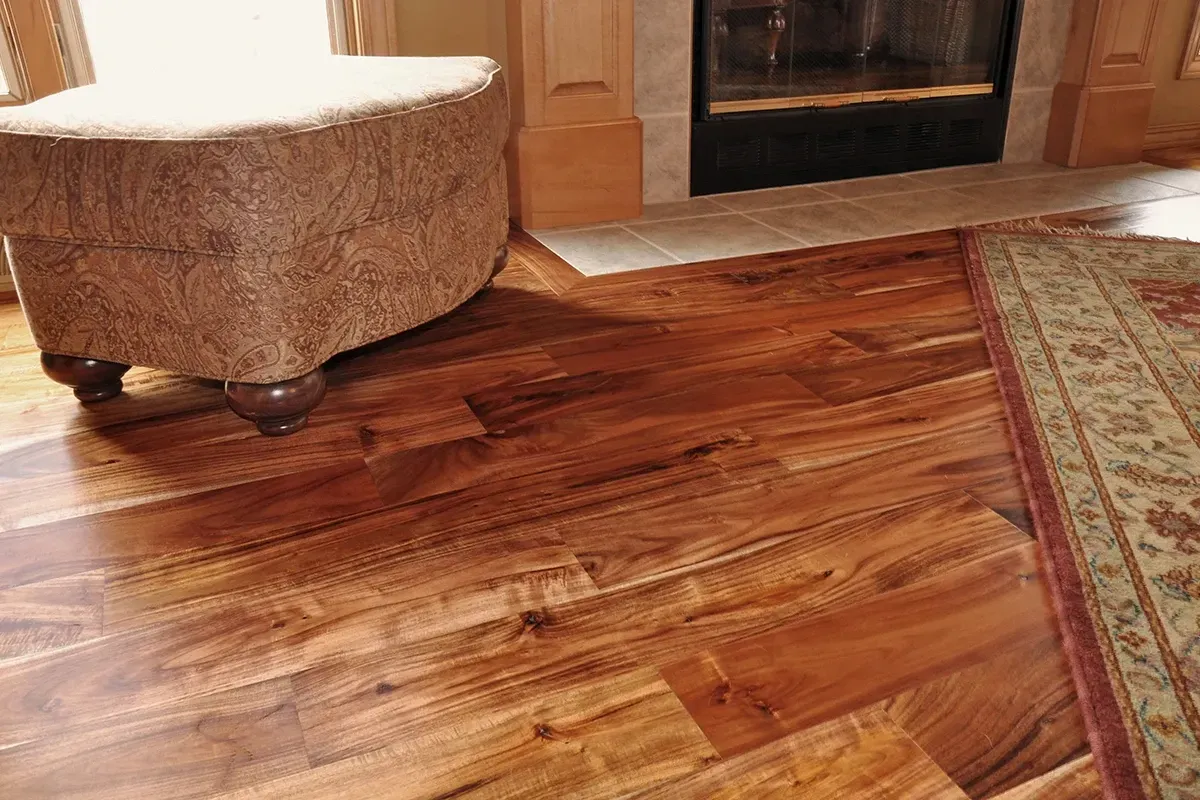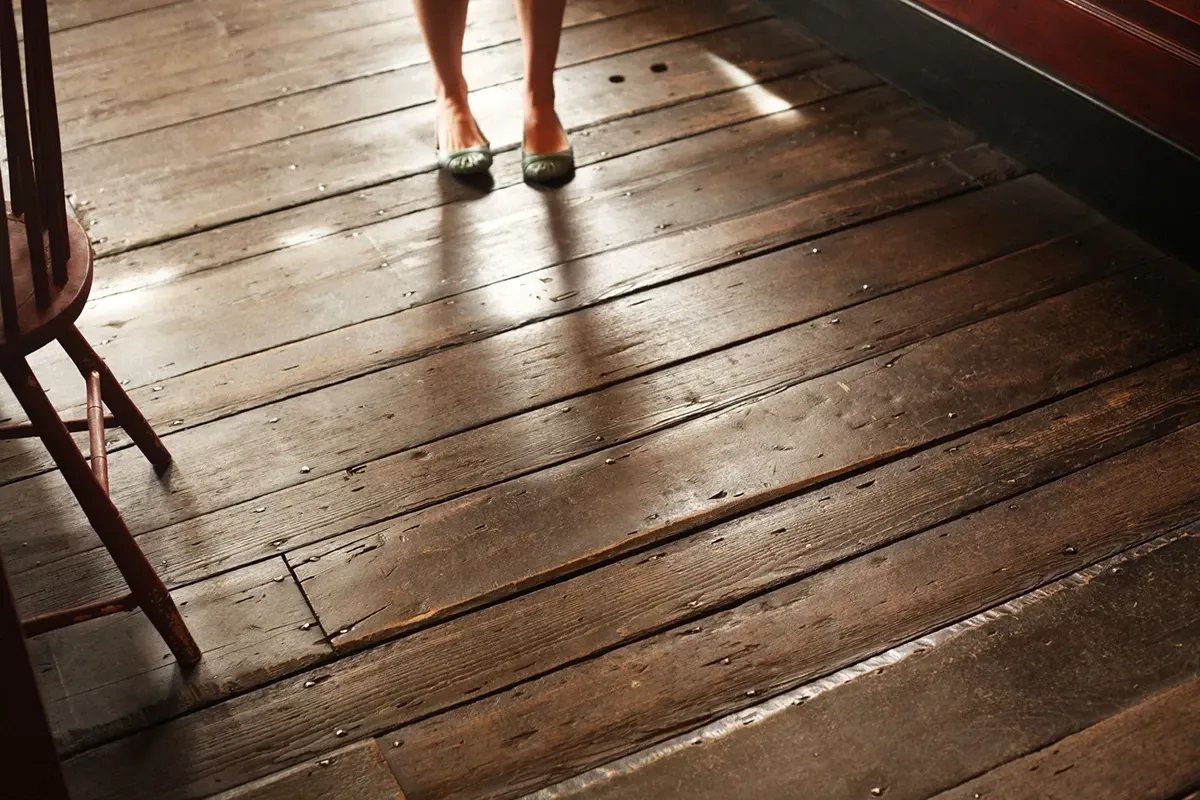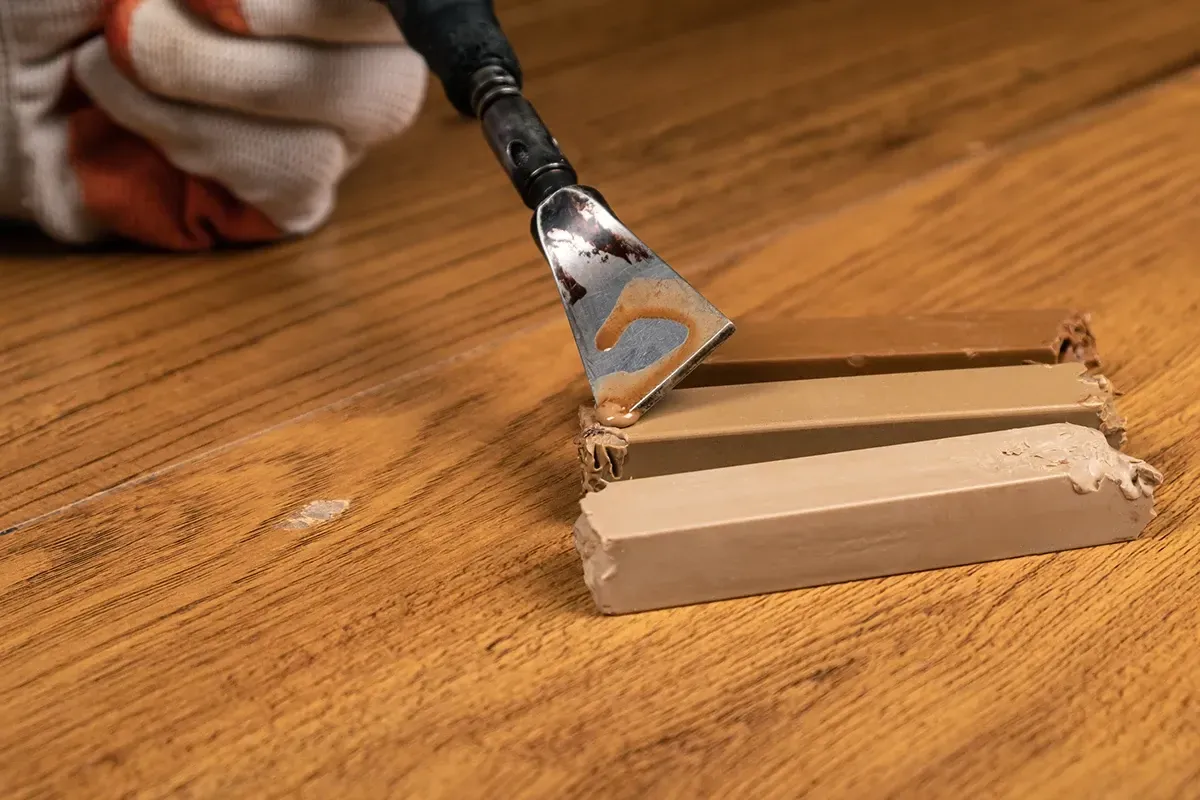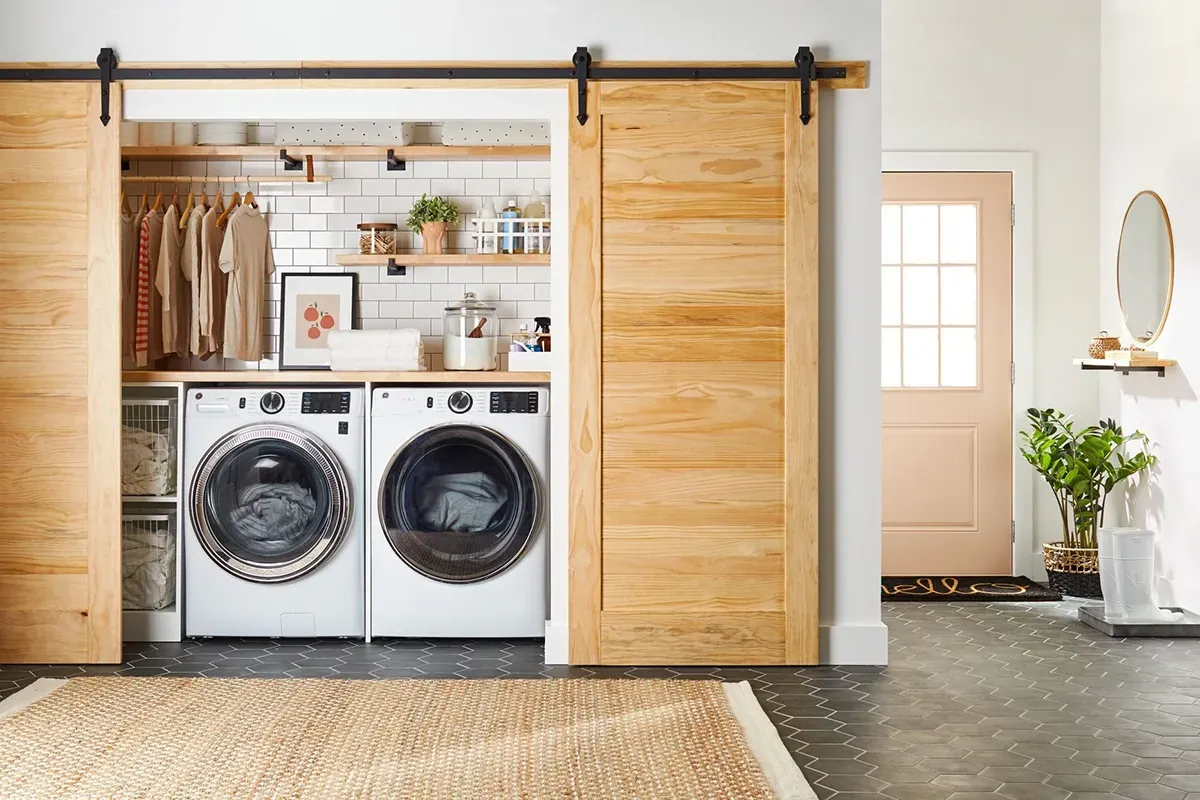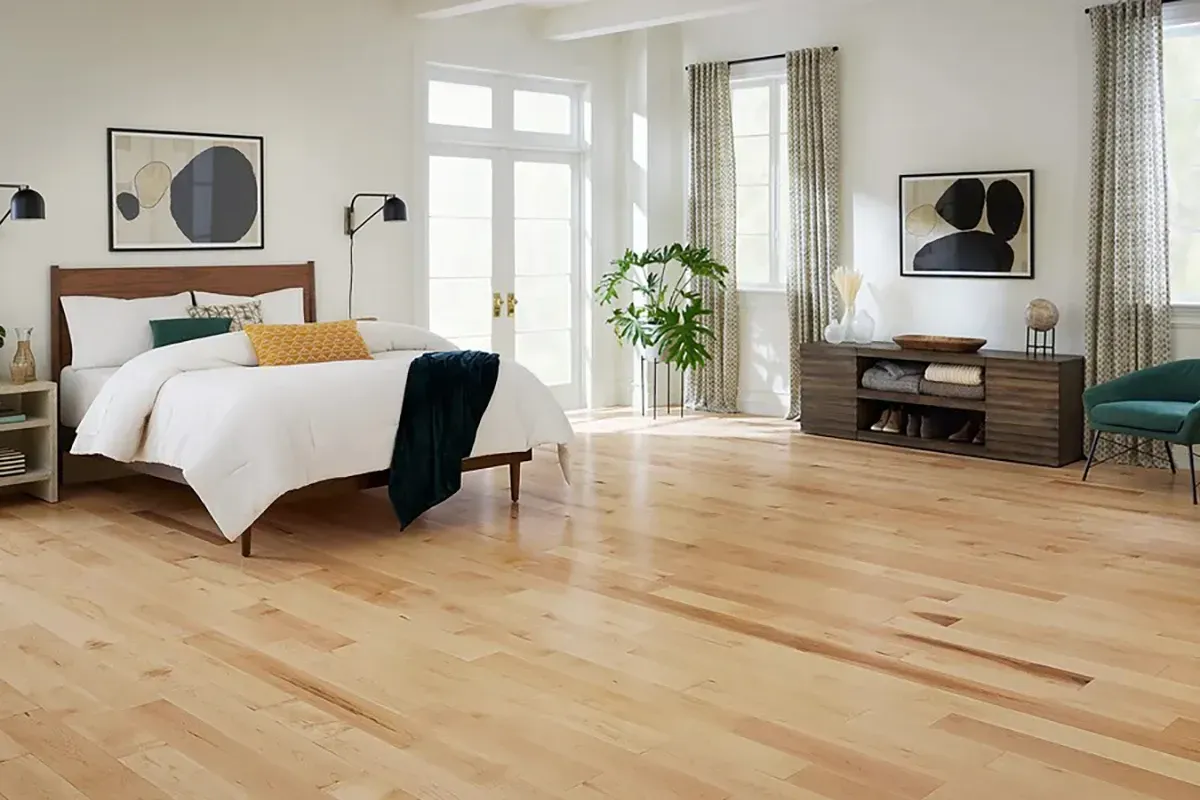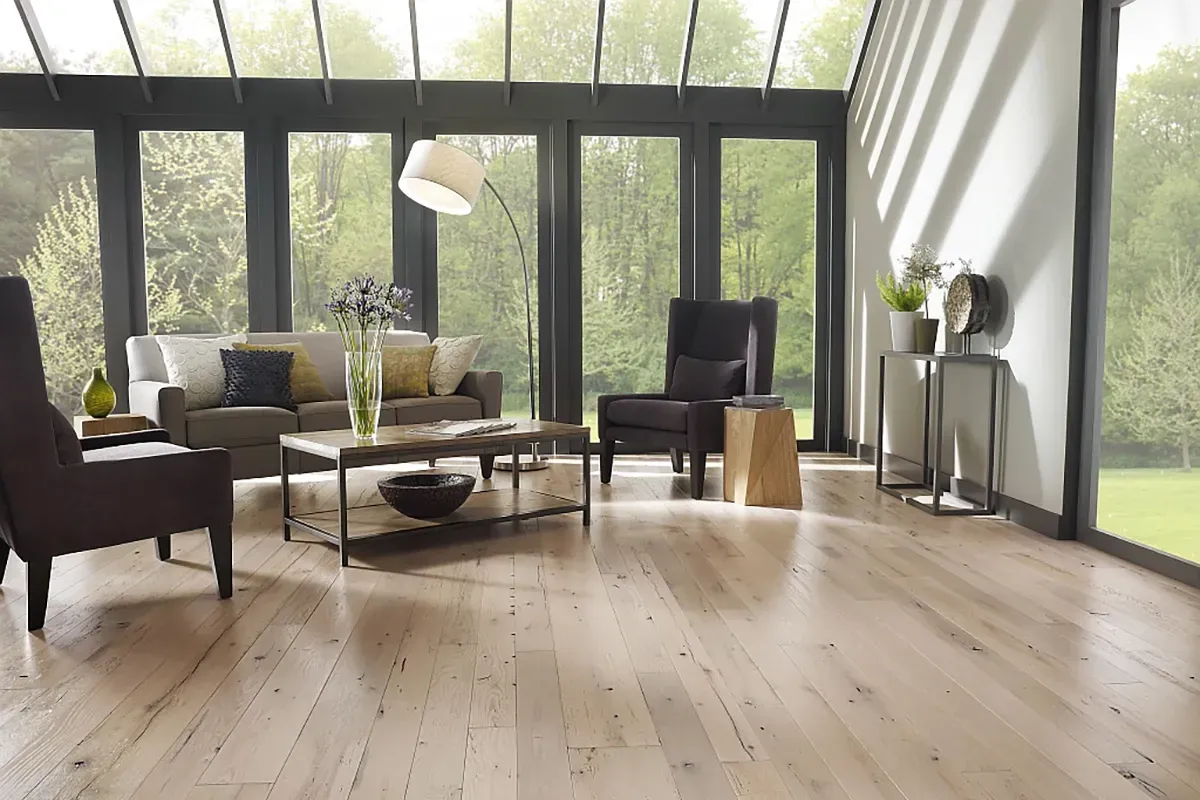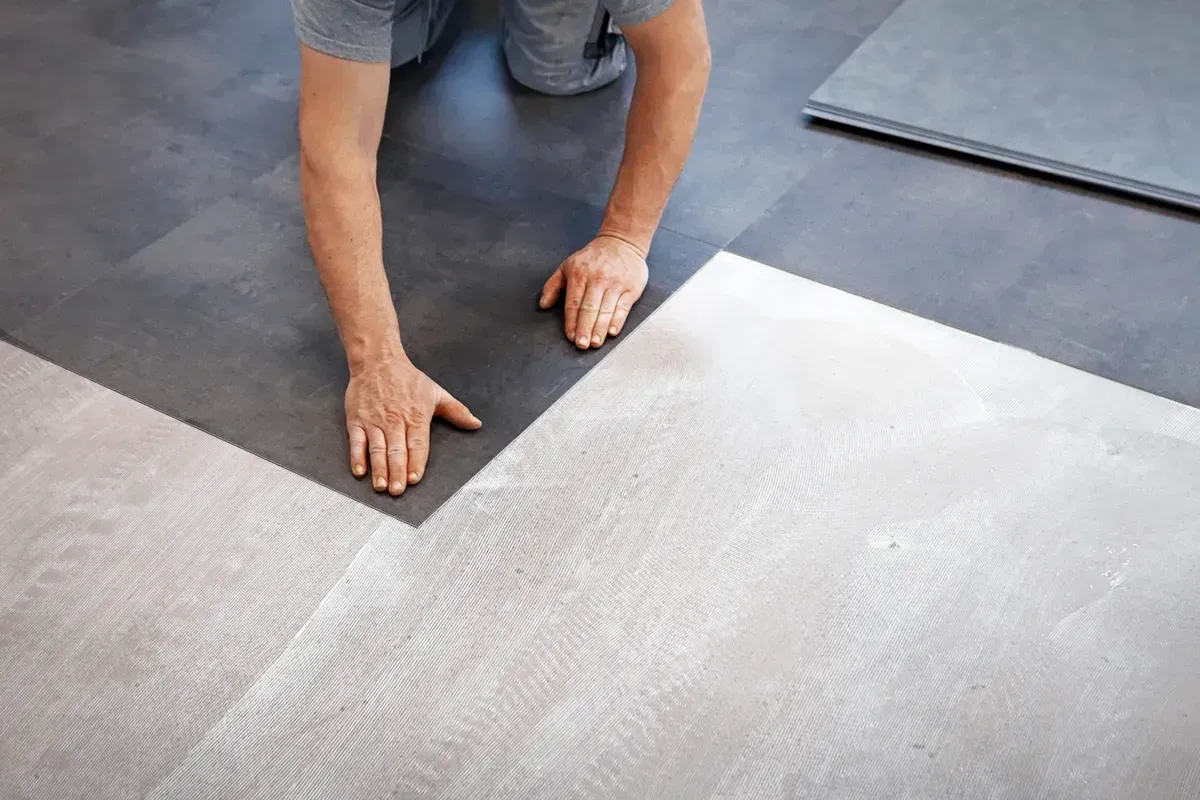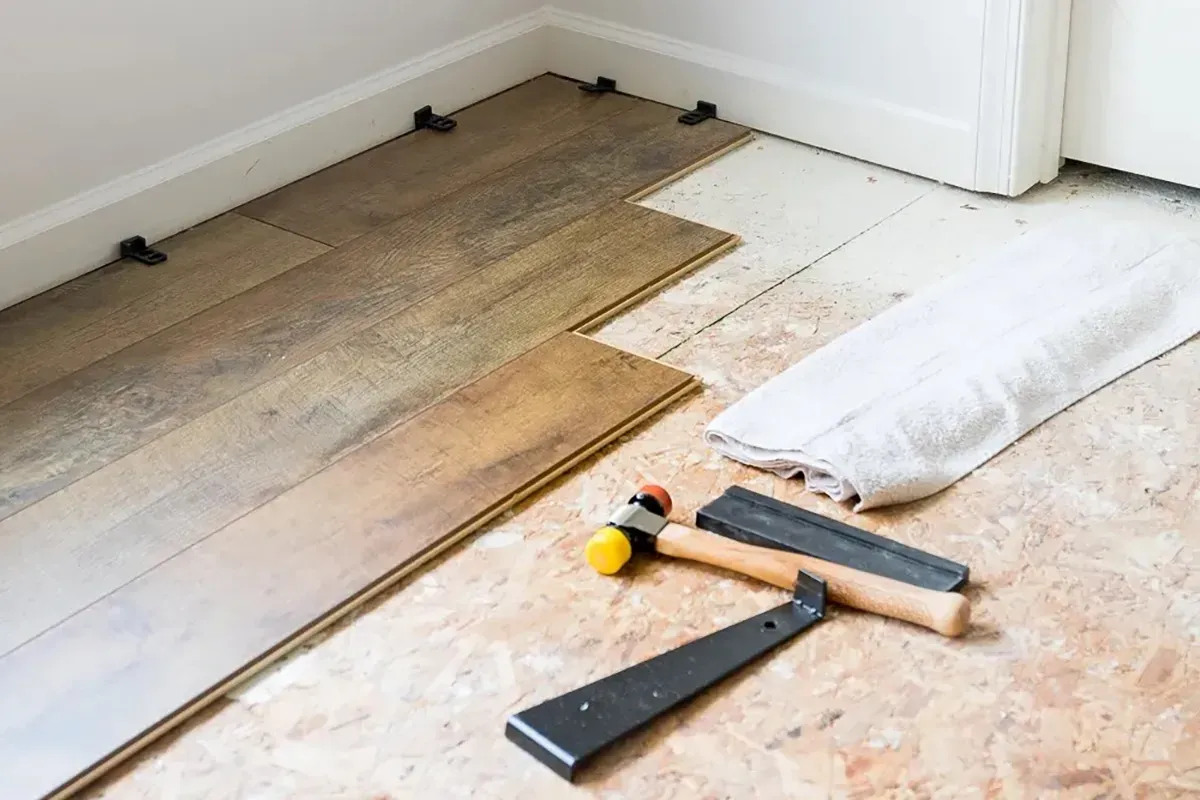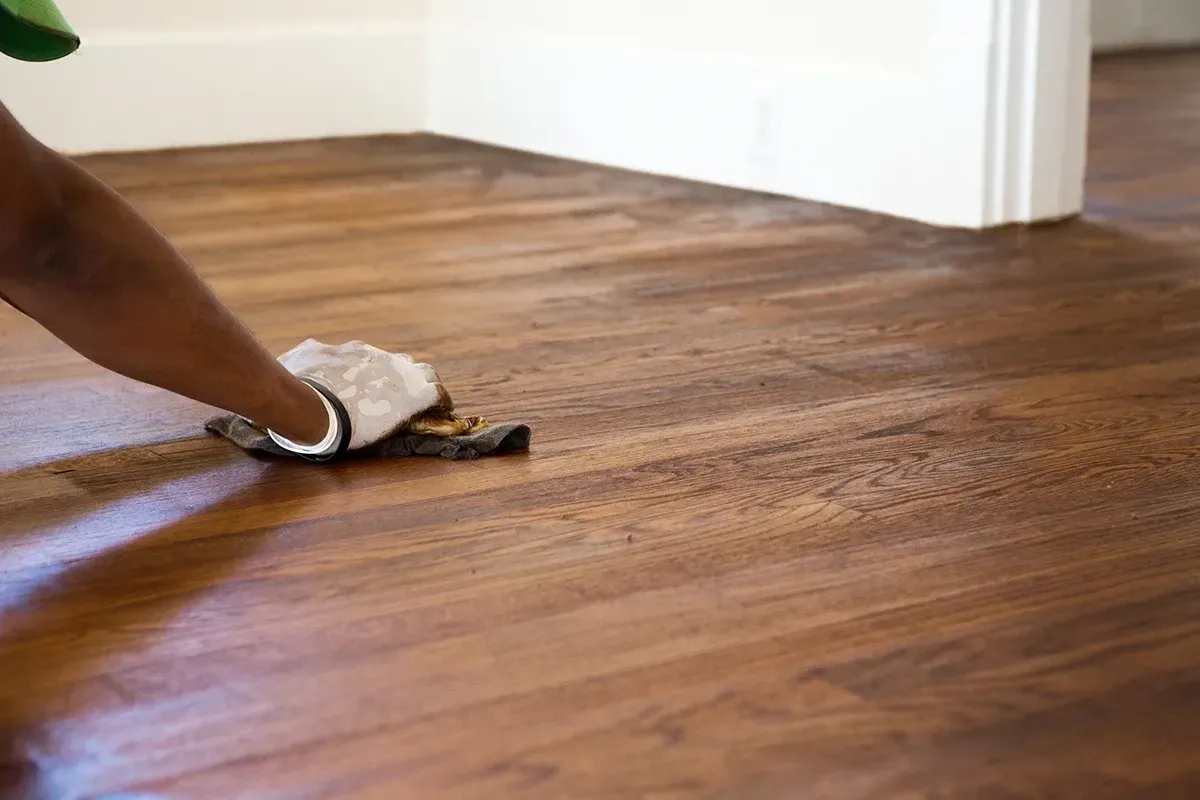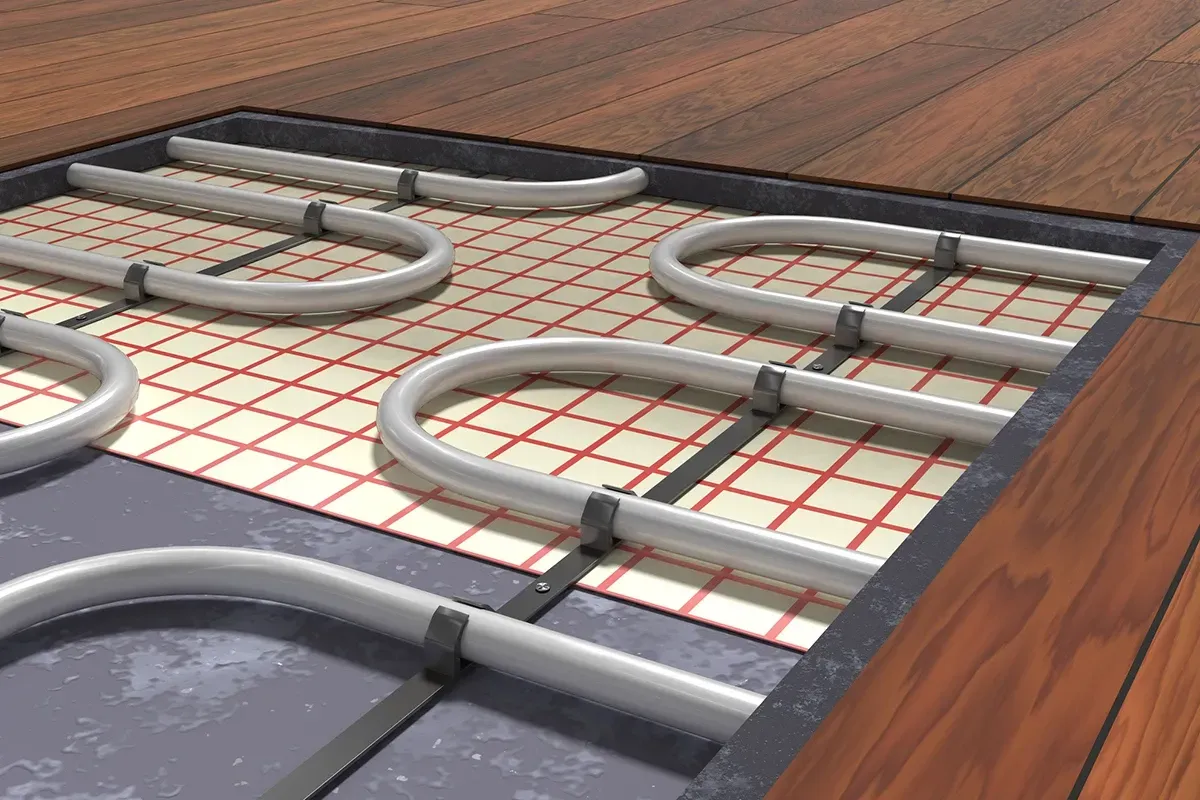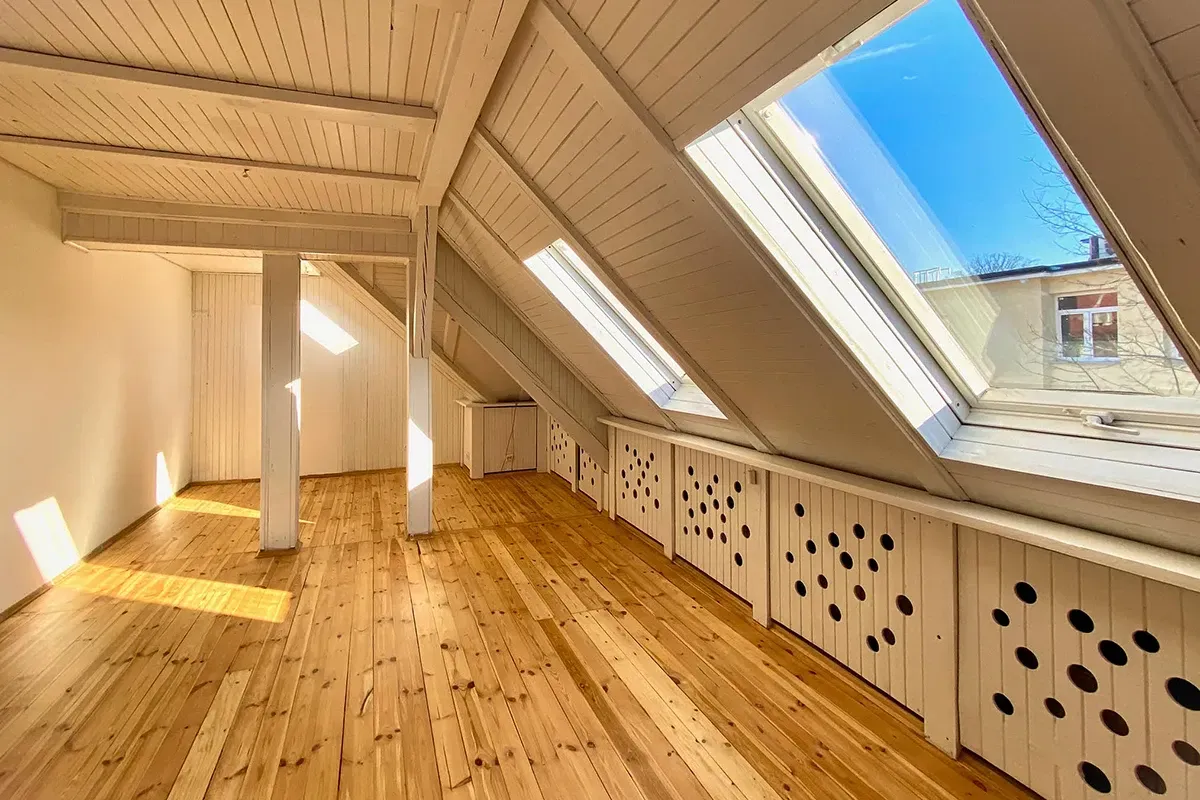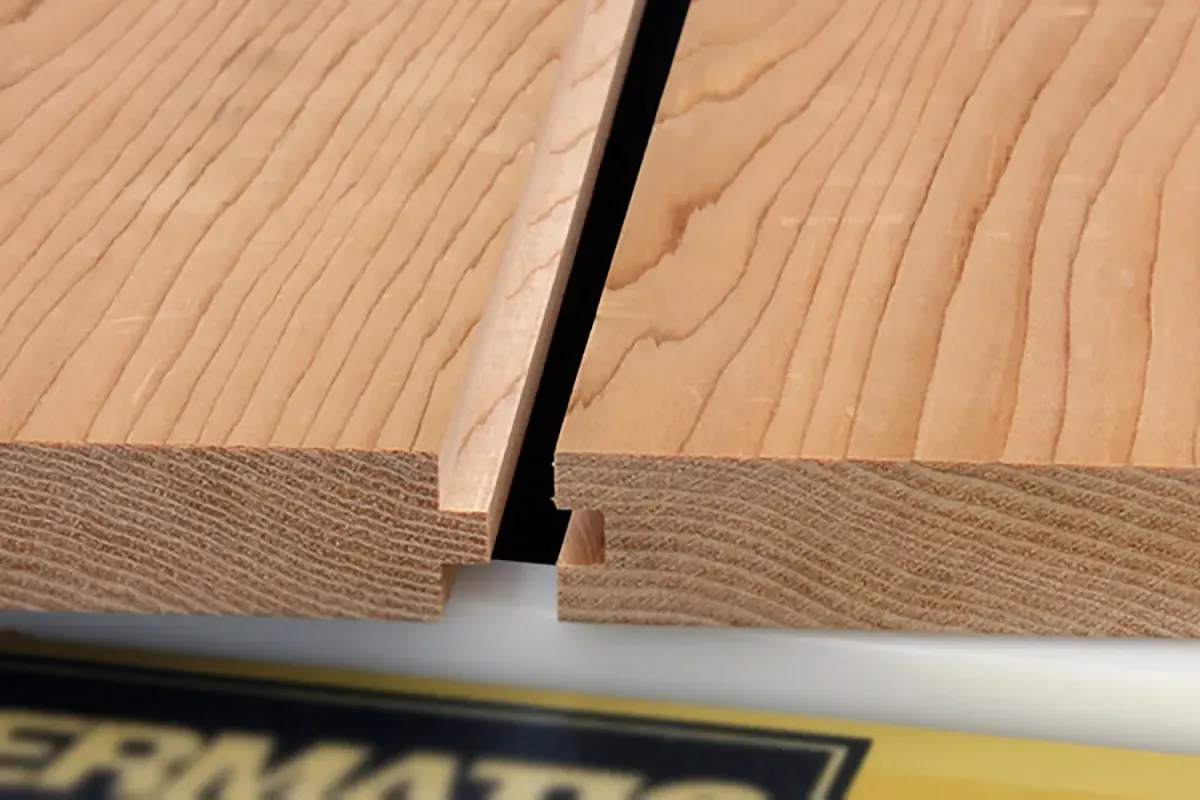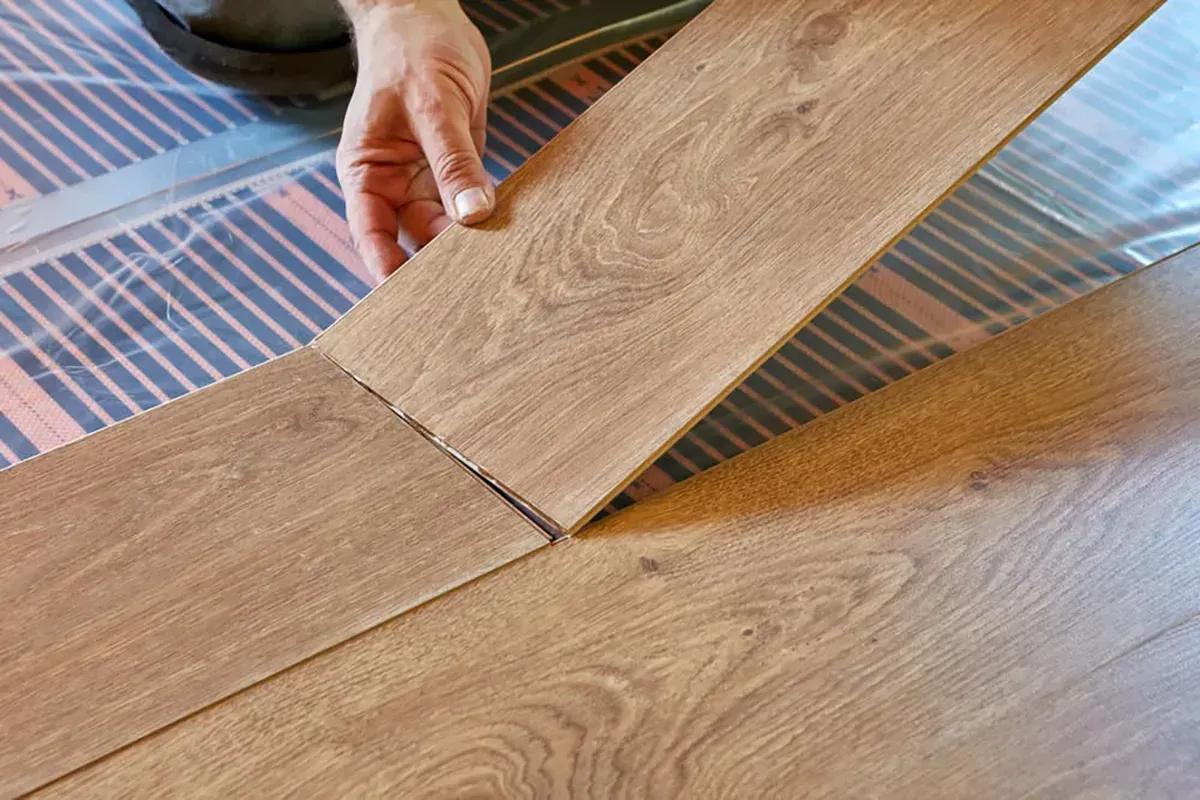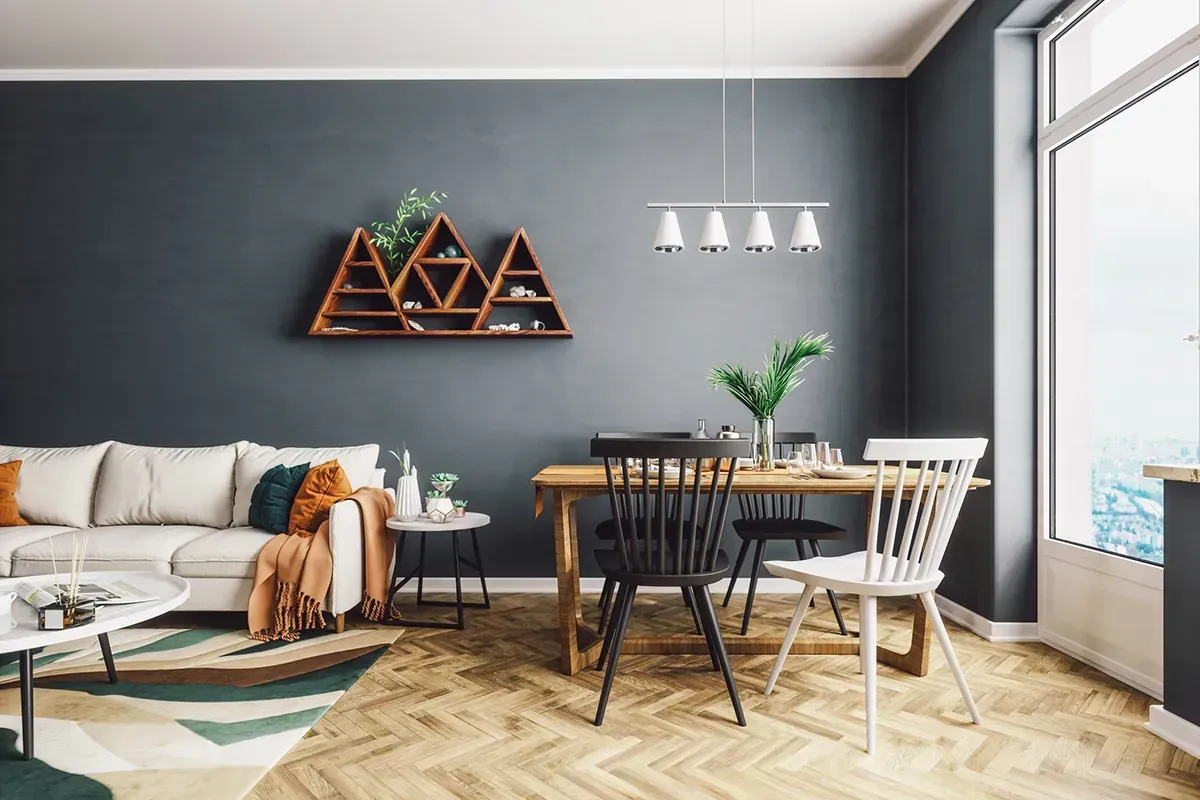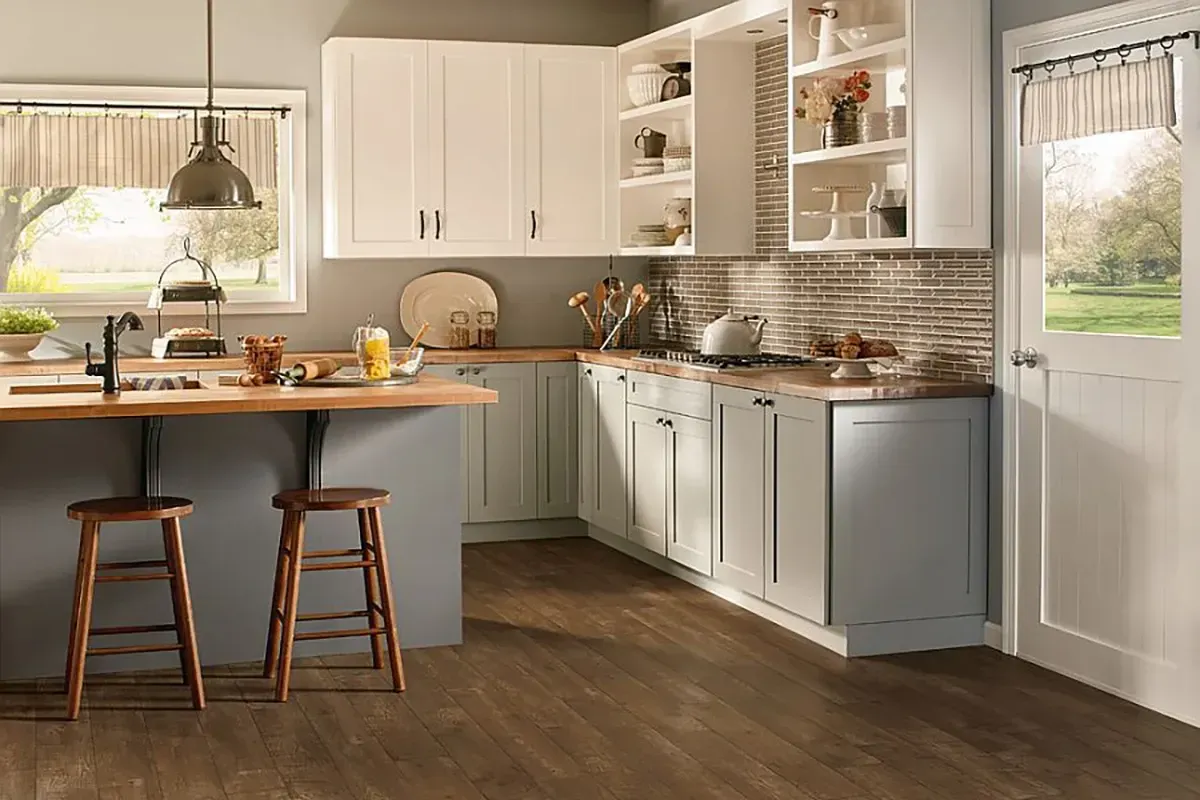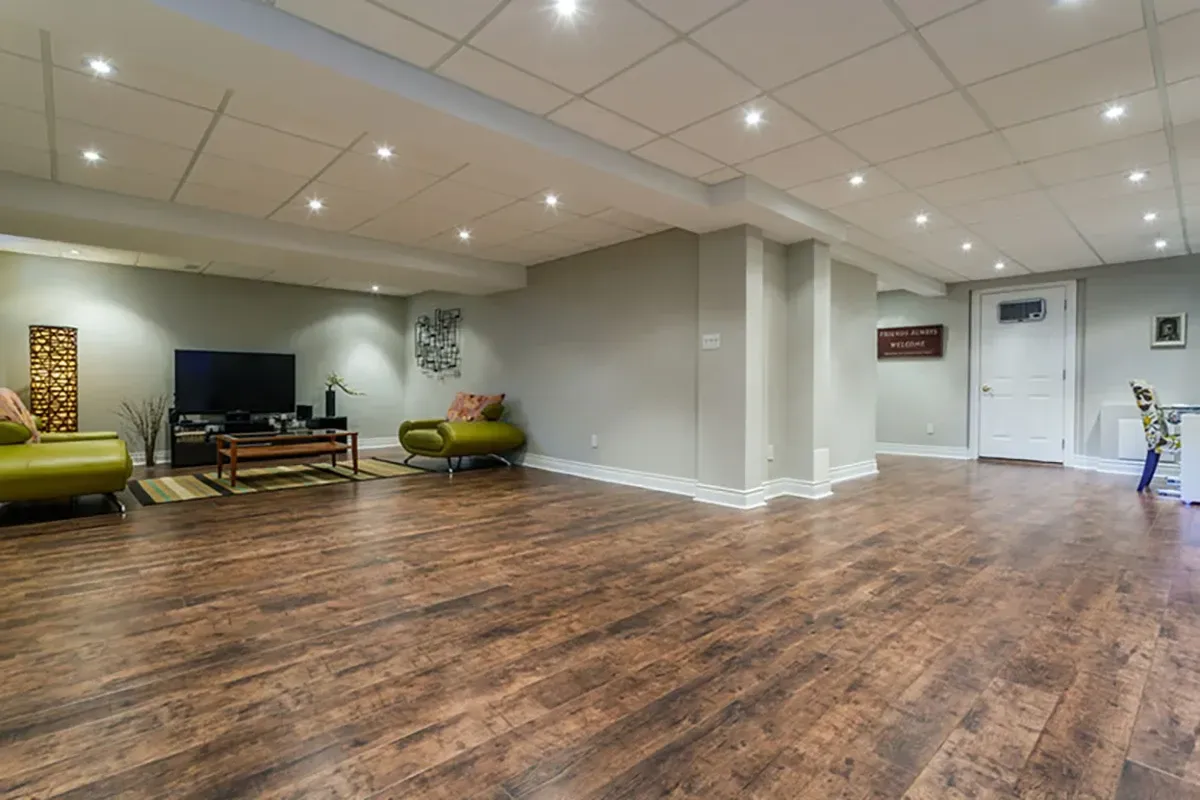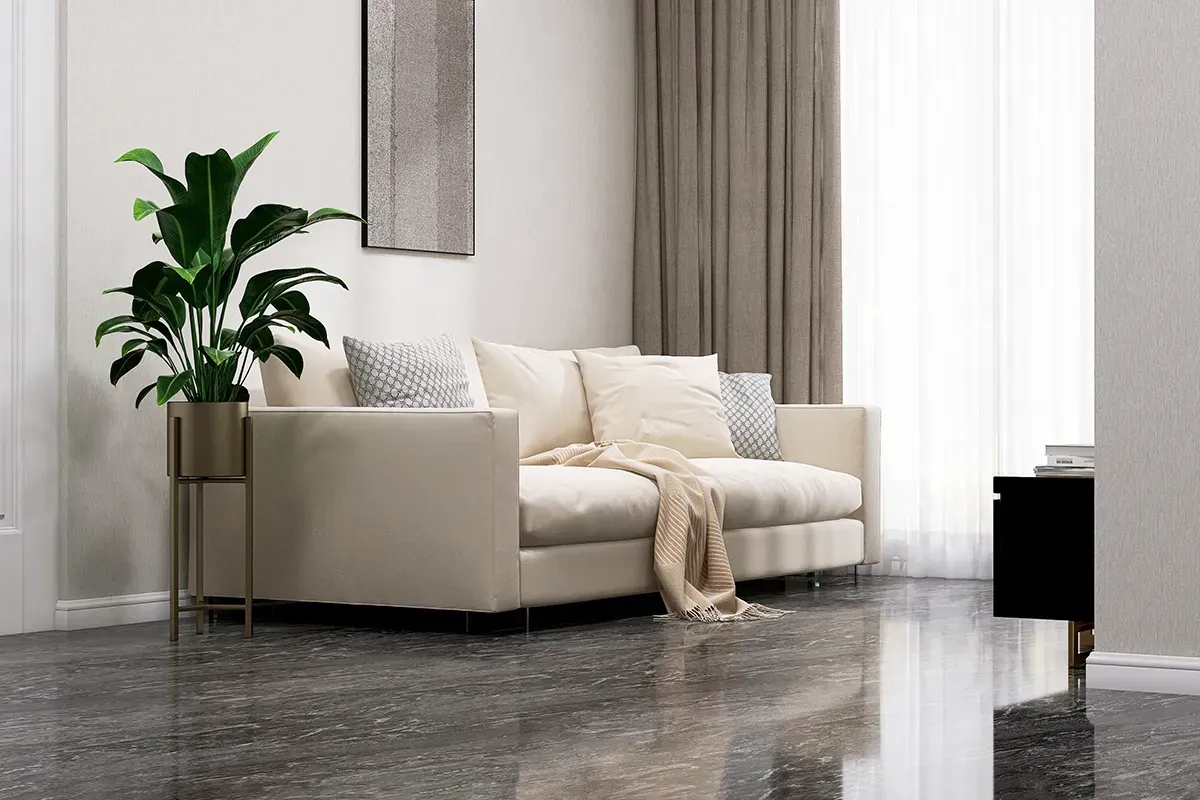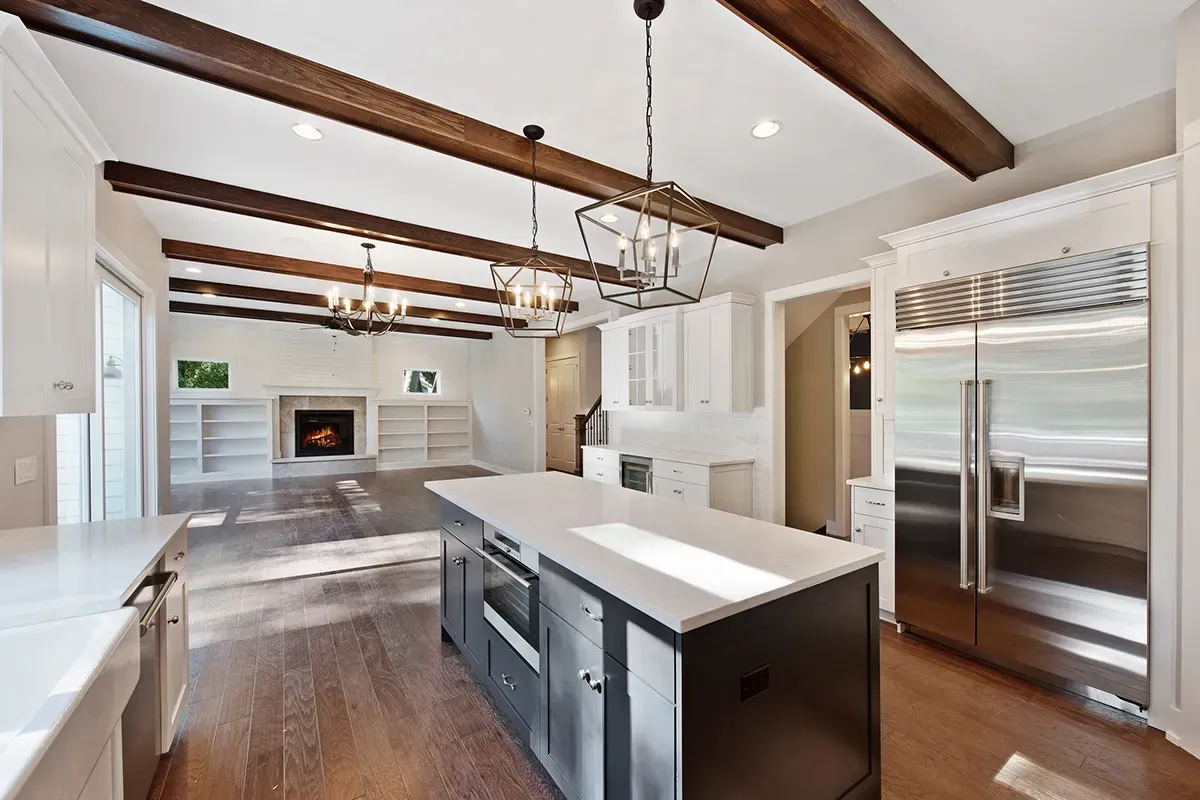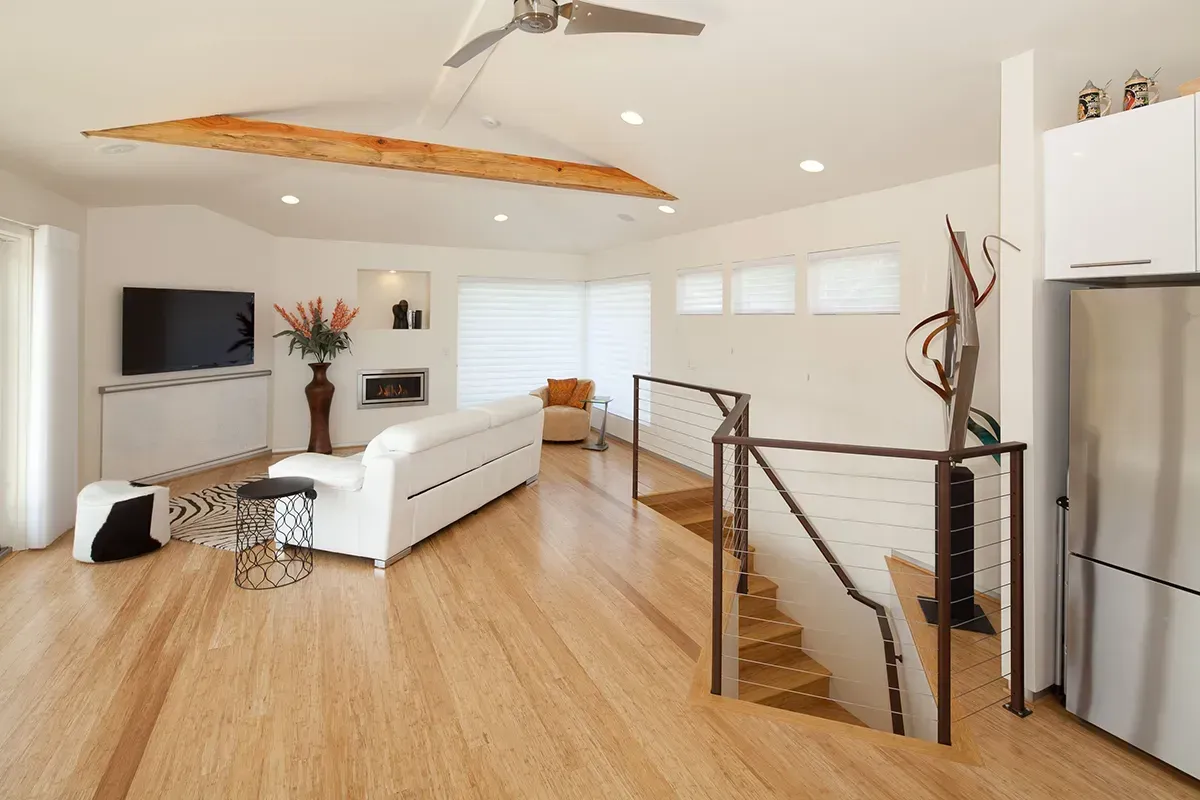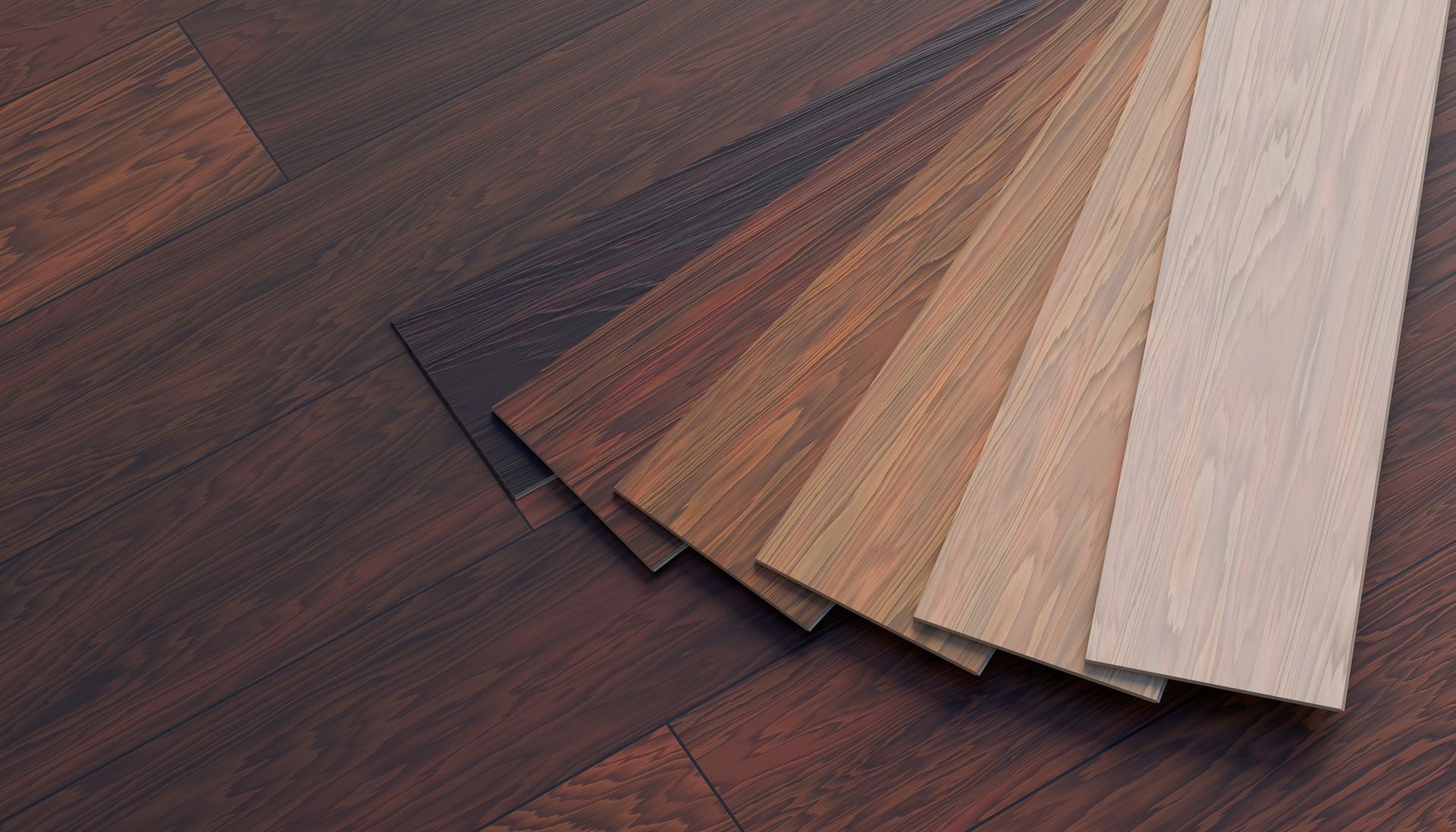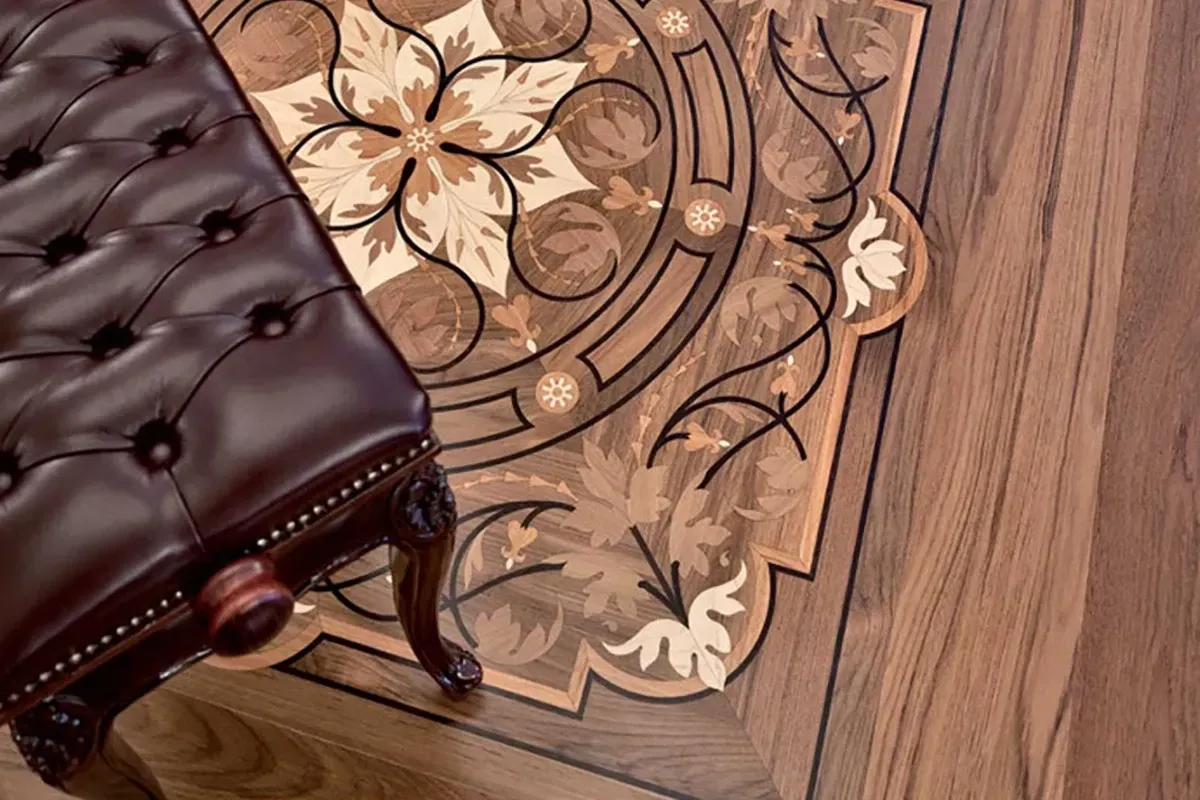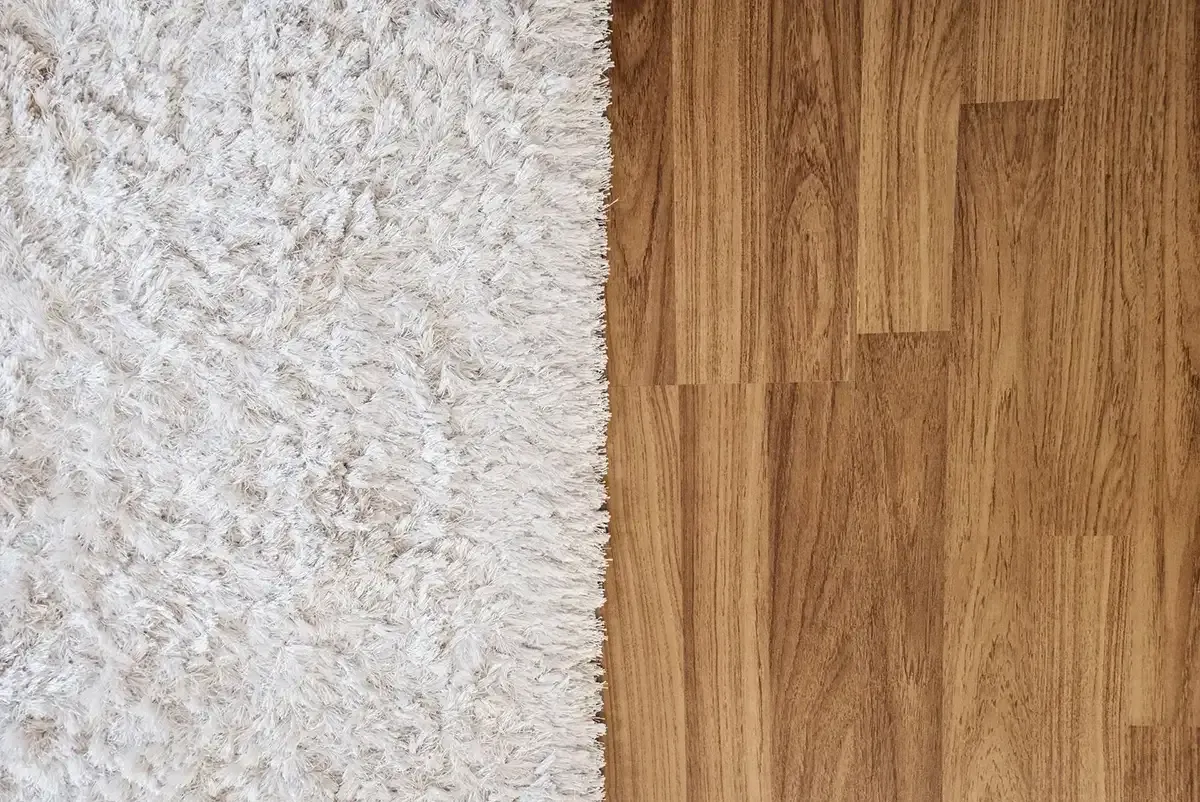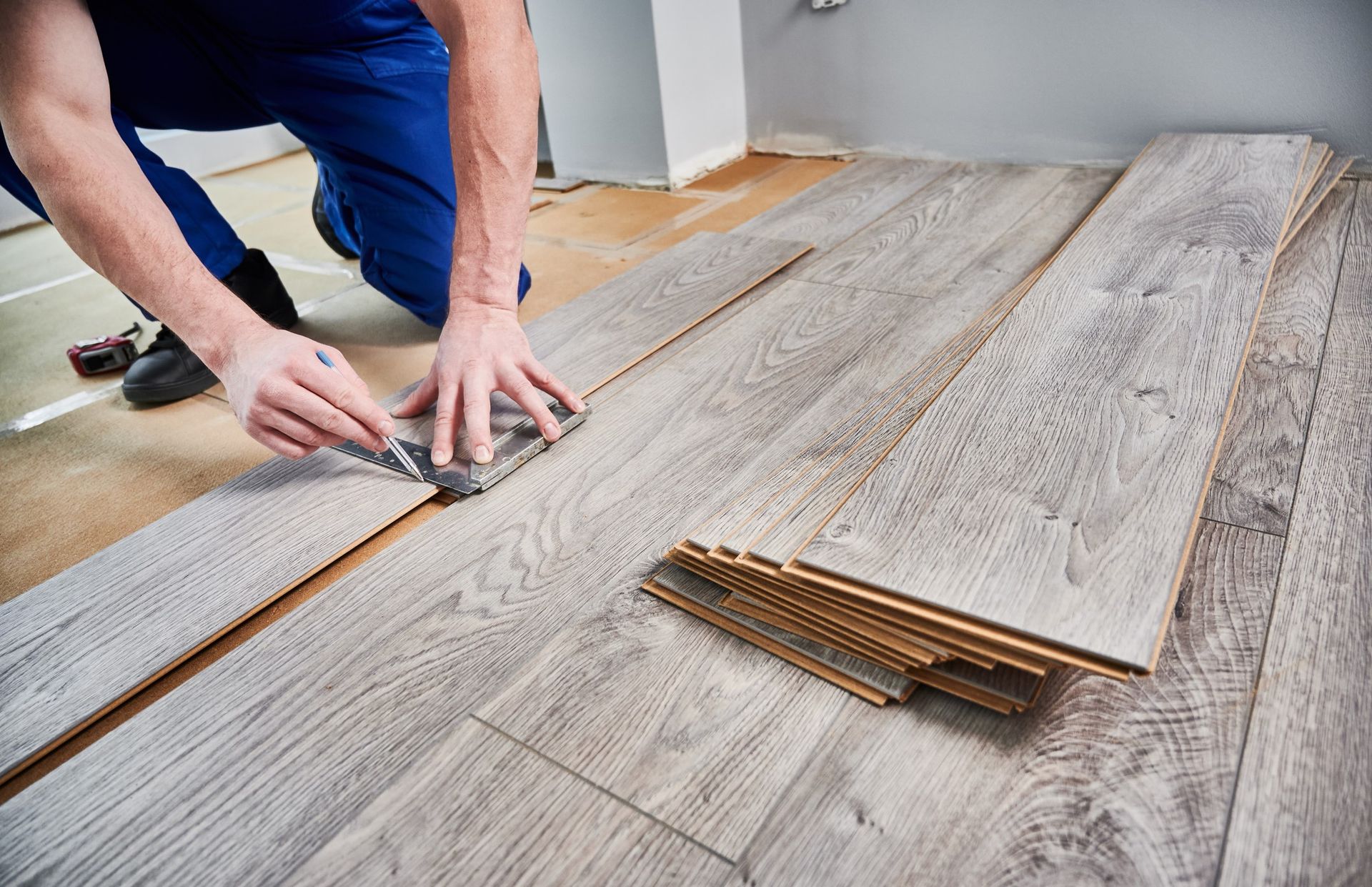( Located in the 42nd Street Station Mall )
Contact us for a Free Estimate
( Located in the 42nd Street Station Mall )
Call or Stop By Our Showroom Today!
Hardwood Floor Grades Explained
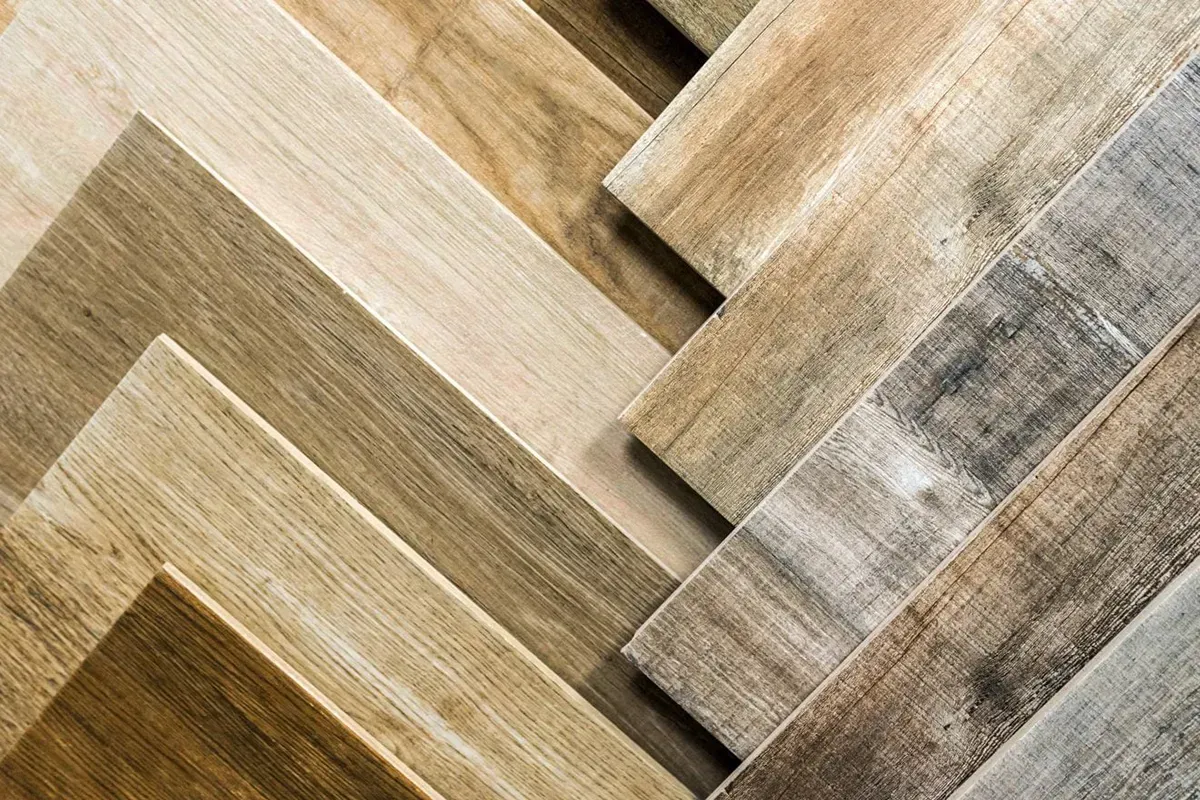
When it comes to hardwood flooring, choosing the right grade is just as important as selecting the species, finish, and style. Hardwood flooring grades help determine the overall quality and appearance of the wood, giving you insight into factors like color, grain variation, and natural imperfections. Understanding these grades can be useful when selecting a hardwood floor for your home or business, as it gives you a better idea of what to expect in terms of look, durability, and cost.
In this blog, we’ll delve into the most common wood flooring grades and explore additional aspects of wood flooring that influence your decision-making. Whether you’re renovating your living space or outfitting a commercial property, this guide will help you make an informed choice.
Understanding Hardwood Floor Grades:
Clear Grade: Perfection
Clear grade hardwood flooring is often referred to as the highest standard of wood quality. It is prized for its consistent appearance and nearly flawless surface. Clear grade wood features minimal knots, streaks, or natural imperfections, and its grain is usually straight and even. This grade is selected from the heartwood, which gives it a refined, clean look.
Due to its pristine appearance, clear grade hardwood is often used in high-end residential and commercial settings where a uniform and elegant finish is desired. It’s also typically the most expensive grade because of the labor-intensive selection process. Clear grade wood works best for those who want a sophisticated, polished look with little to no visual distraction.
Where it shines:
- Luxury homes
- Upscale restaurants and hotels
- Formal living spaces
Select and Better Grade: Elegance with Character
Select grade hardwood flooring is similar to clear grade but allows for slightly more natural variation. This grade includes minor imperfections such as small knots, slight mineral streaks, and subtle color differences, which give the wood more character without detracting from its overall refined appearance. Select grade hardwood still offers a high-quality finish while providing a more organic look.
Homeowners and designers often favor select grade wood when they want a floor that balances quality with natural beauty. It’s a great choice for those who appreciate the natural elements of wood but still desire a uniform appearance.
Where it shines:
- Residential homes
- Retail stores
- Office spaces
#1 Common Grade: Character with a Natural Flair
If you’re seeking more personality in your flooring, #1 common grade (also known as character grade) might be the perfect fit. This grade offers a more natural and varied look, featuring larger knots, more pronounced mineral streaks, and noticeable color variations. While it lacks the uniformity of clear or select grade hardwood, it makes up for it with charm and character.
#1 common grade wood is ideal for those who prefer a rustic or more natural aesthetic. It is often used in areas where a relaxed, casual vibe is desired, and it works particularly well in homes that embrace the imperfections of natural materials. This grade is commonly found in pre-finished wood flooring products, offering homeowners an easy-to-install option with visual depth.
Where it shines:
- Rustic homes and cabins
- Open-concept kitchens
- Family rooms
#2 Common Grade: Embracing the Rustic
For those who love the idea of raw, rugged hardwood flooring, #2 common grade, also known as rustic grade, is the best choice. This grade is the most rustic and natural, featuring larger and more frequent knots, mineral streaks, and even visible surface imperfections. #2 common grade wood flooring showcases the raw beauty of wood, with all its organic quirks and nuances.
Rustic grade wood is ideal for settings that embrace an earthy, laid-back atmosphere. This grade brings a sense of warmth and authenticity to spaces, making it a popular option for country homes, lofts, and eclectic interiors. However, it’s important to note that this grade may require more maintenance, as the larger knots and imperfections can be more prone to wear over time.
Where it shines:
- Farmhouses and country homes
- Industrial-style lofts
- Artistic and creative spaces
Exotic Wood Grading Systems: A Different Approach
While the grading systems outlined above are common in North America, exotic wood species often follow different grading guidelines. Exotic woods such as Brazilian cherry, teak, or tigerwood might not align with the same grading standards as domestic hardwoods like oak, maple, or walnut. These species are often graded based on their origin, color consistency, and grain patterns, with some exotic wood grades reflecting more of the natural variety present in the material.
Why exotic woods stand out:
- Unique grains and colors
- Harder than many domestic species, offering increased durability
- Naturally resistant to moisture and pests (depending on species)
If you’re considering exotic wood, it's essential to understand that these woods often feature striking color variations and grain patterns, which can create a more dramatic look. Some buyers view these variations as desirable, while others prefer a more consistent appearance. Make sure to check with the manufacturer about their specific grading system.
Custom Grading Systems: Manufacturer Variations
It’s also worth noting that some wood flooring manufacturers create their own custom hardwood grading systems. These systems might include proprietary grades that don’t fit neatly into the traditional categories of clear, select, or common grades. For example, a manufacturer may offer a “premium” grade that combines the best aspects of clear and select grades or an “artisan” grade that highlights the unique textures and natural variations in the wood.
When purchasing hardwood flooring from a specific manufacturer, ask about their grading standards to ensure you understand what you're getting. Custom grades can offer unique benefits, but it’s essential to know how they compare to the more widely recognized industry standards.
How to Choose the Right Wood Flooring Grade
When deciding on a hardwood flooring grade, consider the following factors:
- Aesthetic Preference: Do you want a uniform, polished look (clear or select grade), or are you seeking more character and natural variation (common grades)?
- Room Function: High-traffic areas like kitchens or entryways might benefit from harder, more durable grades or species, while bedrooms or living rooms may accommodate softer woods with more visual variation.
- Budget: Clear grade wood is the most expensive, while rustic grades like #2 common are generally more affordable.
- Maintenance Needs: Higher grades like clear or select require less maintenance than rustic grades, which may need more frequent touch-ups due to natural imperfections.
Conclusion: Making an Informed Choice
Choosing the right hardwood flooring grade is an essential part of the flooring selection process. Whether you prefer the flawless beauty of clear grade, the natural charm of select grade, or the rustic appeal of #1 and #2 common grades, understanding the differences will help you find the perfect flooring for your space.
At Rejuvenation Floor & Design, we’re here to assist you every step of the way, from selecting the right wood grade to installation and maintenance. If you have any questions or need help deciding which grade suits your home, give us a call at (503) 989-8997 or visit our website.
Recent Articles
BROWSE OUR WEBSITE:
CONTACT INFORMATION:
Phone: (503) 989-8997
Address:
Rejuvenation Floor & Design
2000 NE 42nd Ave #B, Portland, Oregon 97213-1357
(Located in the 42nd Street Station Mall) directions
Your Local Flooring Store in Portland Serving the Following Communities:
Beaverton | Canby | Clackamas | Damascus | Estacada | Gladstone | Gresham | Happy Valley | Lake Oswego | Milwaukie | Oregon City | Sandy | Scappoose | Sherwood | St. Helens | Tigard | Tualatin | Welches | West Linn | Wilsonville | Zig Zag

